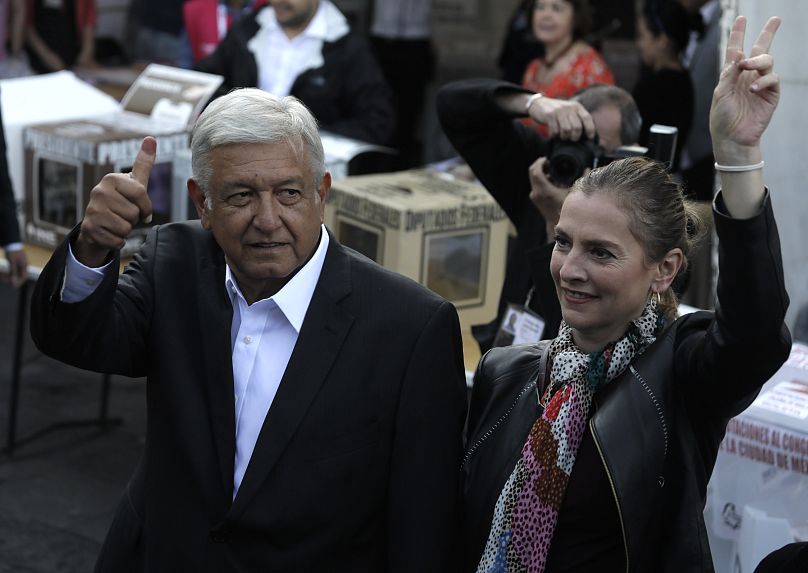An indelible ink leaves Mexicans with an imprint for eight days.
It lasts eight days and is made out of acetone, chlorine, solvents. That’s what the ink that marked all Mexican voters on Sunday contains, and its aim is to stop electoral fraud.
Filiberto Vazquez, a chemist and academic from the Instituto Politecnico Nacional (Polytechnic National Institute, IPN) created the ink that’s impossible to erase. Its composition adheres to the cell nucleus, so it is only removed when the skin is regenerated, impeding fraud.
It only took Vazquez half a day to find the right formula for the ink, which earned him international recognition.
The ink has already been sold to other countries like Nicaragua, Honduras, Dominican Republic, El Salvador, and Guatemala.
For Sunday's elections, 314.532 ink-applying devices were produced by the IPN.
The idea to create this ink came about in 1993 when the Instituto Federal Electoral (the Federal Elections Institute, IFE) — the government body in charge of organising the Mexican elections at that time — called for the invention of an indelible ink. Out of all the foreign and national companies that participated, Vazquez' formula was the winner.
With time, the ink has changed aspect. Starting in 2006, it's used with an applicator whereas before it was applied with a roll-on.













